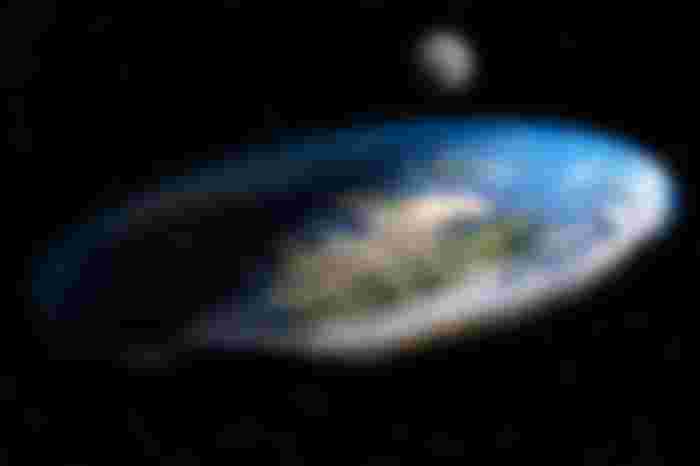
The history of the planet earth from its formation until today lasts 4.5 billion years, which is a long time. To personally experience such a period, you would have to be born again and die 60 million times, and the small clock hand would have to turn 3.3 trillion times.
But let's forget all those billions and imagine how the history of the Earth lasts only 5 minutes. What happens in what second? In what minute is life created? When did dinosaurs die out, and when does man appear?
As one of the planets of the solar system, a hot, glowing mass of rocks orbits a star.
Country
As the new planet starves from open space it hits hard stray rocks. In one dramatic collision, the Earth gets its stone companion.
Month
The threat from space is getting smaller. The heavy bombardment with cosmic stones ceases. On earth, the planet of water, a miracle happens somewhere in its oceans, from organic molecules comes the FIRST primitive life.
Primitive beings use the sun's heat, which they convert into energy. The first Photosynthesis begins.
The first organisms in the atmosphere begin to release something completely new
Oxygen
After a billion years during which increasingly complex microorganisms produce oxygen, it finally reaches the Earth's atmosphere as a free gas. Cyanobacteria are now rapidly filling the atmosphere with oxygen. As a result, the climate will change dramatically and the Earth will turn into an ice ball. Great Oxidation occurs
Great Oxidation
When the living world is renewed, nothing dramatic will happen in the oceans for millions, hundreds of millions of years. Therefore, the climate on the surface is constantly changing under the influence of ocean currents, the oscillation of the Earth's rotation, and the composition of the planet's atmosphere is slowly warming and cooling.
Suddenly, for the second time in climate history, the Earth is completely covered by ice. The planet became Snowball again. After the beautiful melts, life is renewed once again. Now, however, there is an avalanche in its development. The Kabri Explosion is happening
In addition to unicellular organisms, a true sum of invertebrates of the family and the family of new multicellular creatures is developing in the depths of the sea. The plants come out on the compo and grow out of the ground.
The first vertebrates are formed, complex creatures that will emerge from the water and travel across the terrestrial world and from which reptiles, birds, and mammals will emerge.
Deep down the continental plates move, collide, and merge. A giant pan continent PANGEA is formed. Its splitting creates today's continents.
The world is inhabited by various complex creatures, large and small. During an era of 100 million years, the planet was ruled by the largest of all creatures, the Dinosaurs.
Dinosaurs
A 15-kilometer-diameter asteroid is hitting Earth from space. The catastrophe will darken the planet's atmosphere and lead to an ice apocalypse. There is great extermination of the living world. Dinosaurs become extinct in a cataclysm after their disappearance, life is restored again. The world is now spreading the forests and the family of the last masters of the world MAMMALS. The new age of the Cenozoic begins. The first people are born
The Cenozoic is an age of new life and came into being after the great extinction of species, including the dinosaur. It began about 65 million years ago and continues today. This is the age of mammals. From those first simpler tiny creatures from the Mesozoic came very scattered groups that want not only on land but also in the seas. Elephants, rhinos, horses, reindeer, and bison, bears, and lions. At that time, savannas and birds, numbering twice as many as mammals, dominated. Snakes and rodents are born.
In the second period of the Cenozoic, the Neogene, Homo habilis, our distant ancestor who made hordes from stone, was born. After the Paleogene and Neogene, man's ancestors appeared in the youngest geological age of the Quaternary. About 100,000 years ago lived Homo Neandertalerisi, a tall and powerful prehistoric man who inhabited Europe and Asia and who knew about family life and life as a couple. The Neanderthal was physically large, about 160 centimeters tall, with a low forehead in a strong jaw. They lived in caves, knew about the fire, and hunted with spears. The Neanderthal was followed by Homo sapiens about 40,000 years ago.
